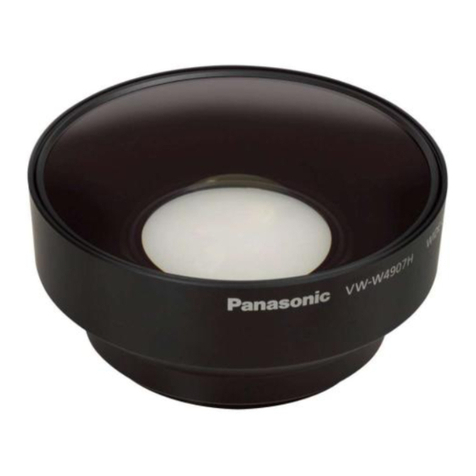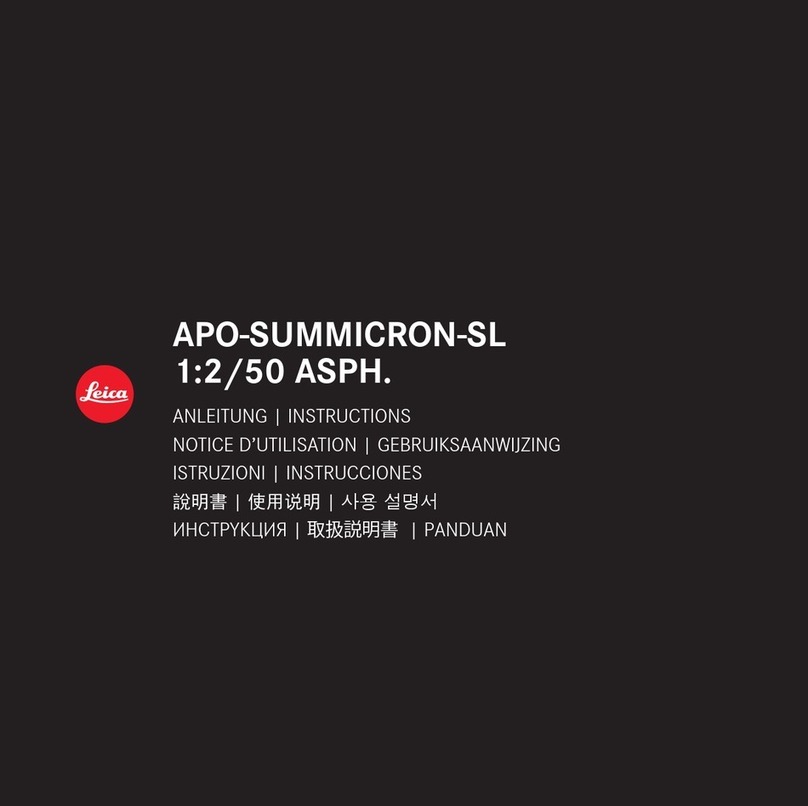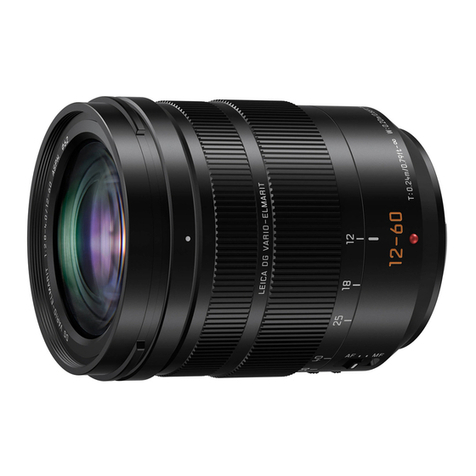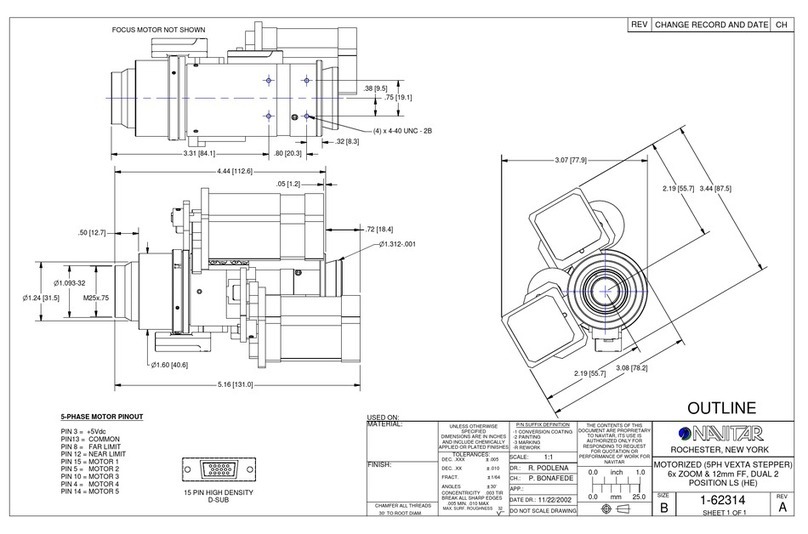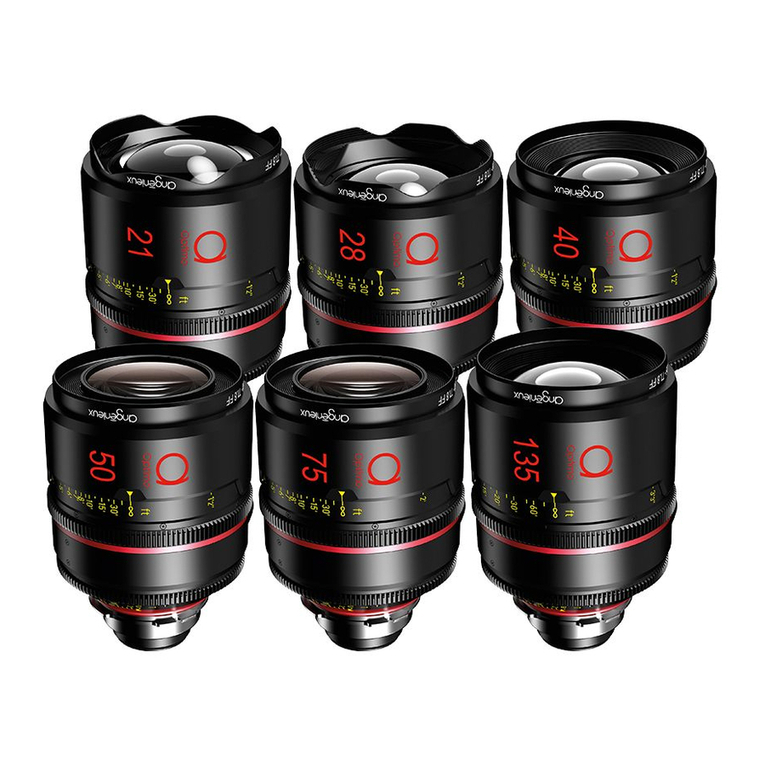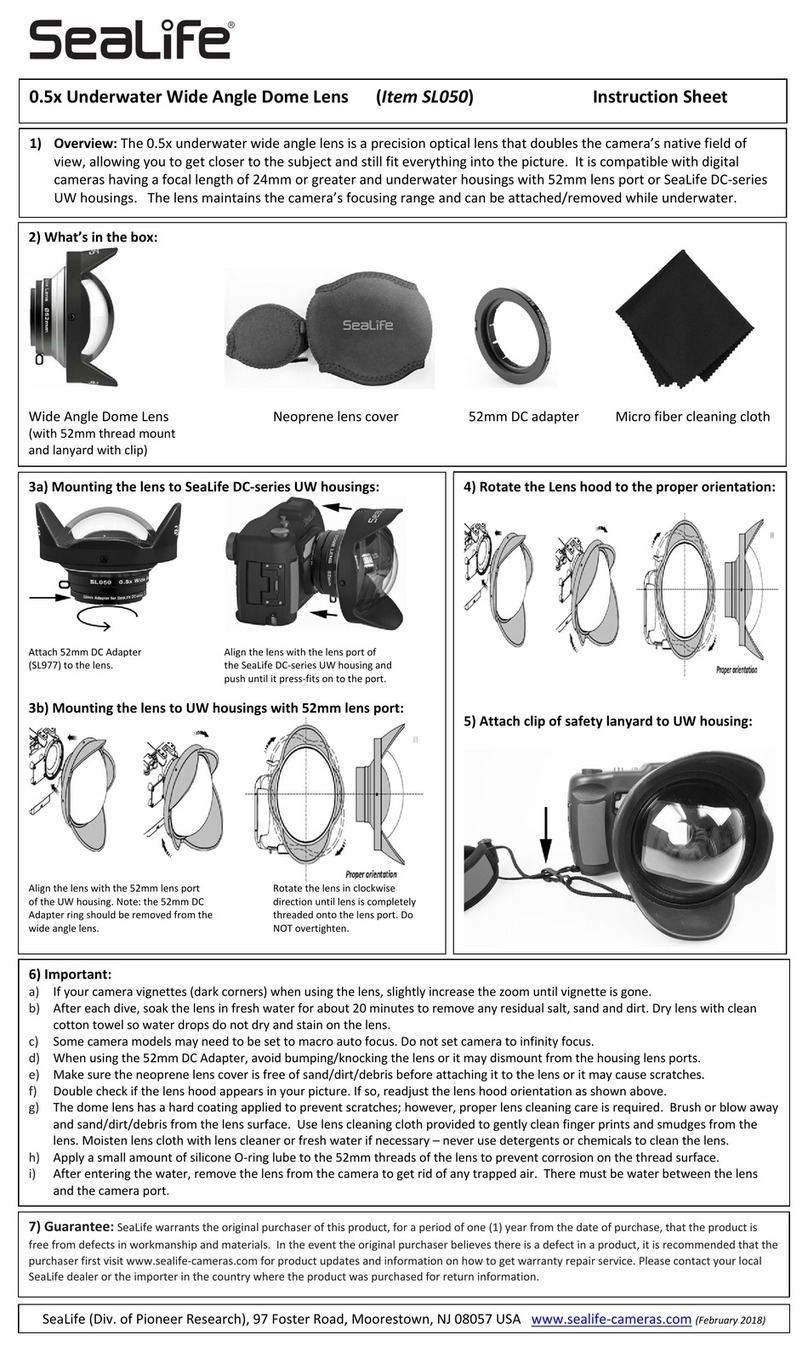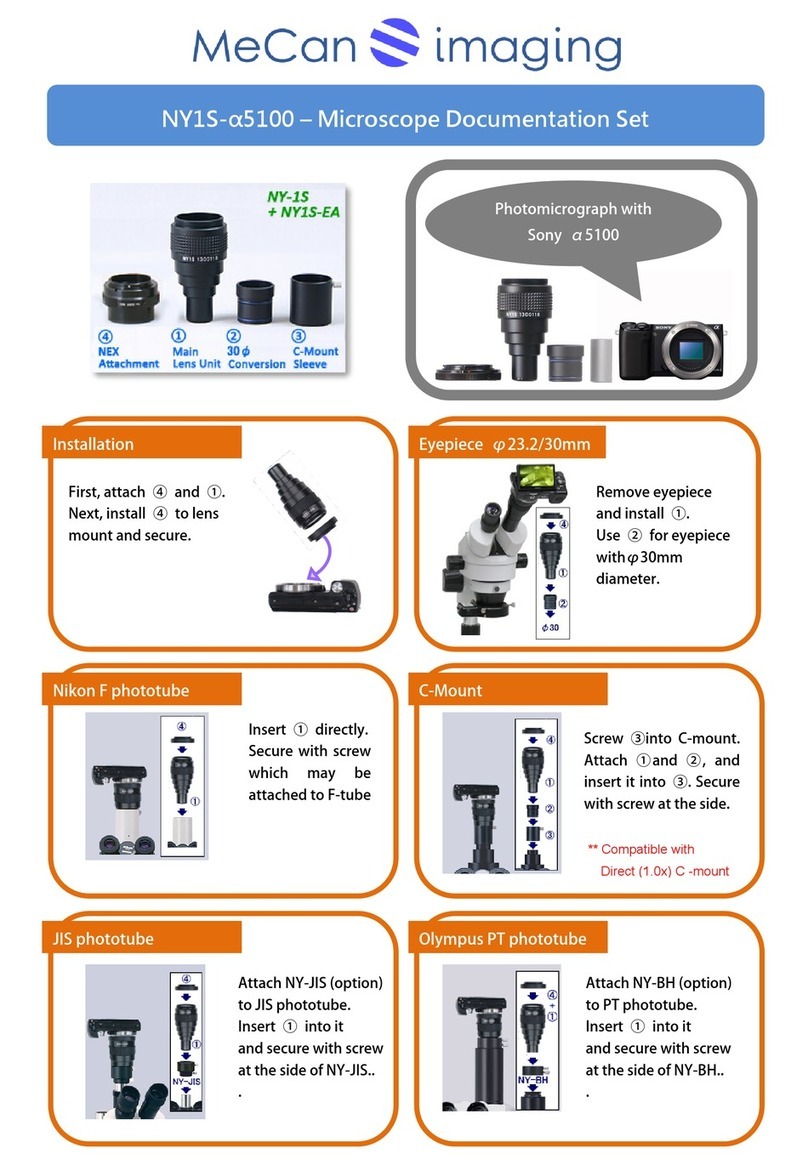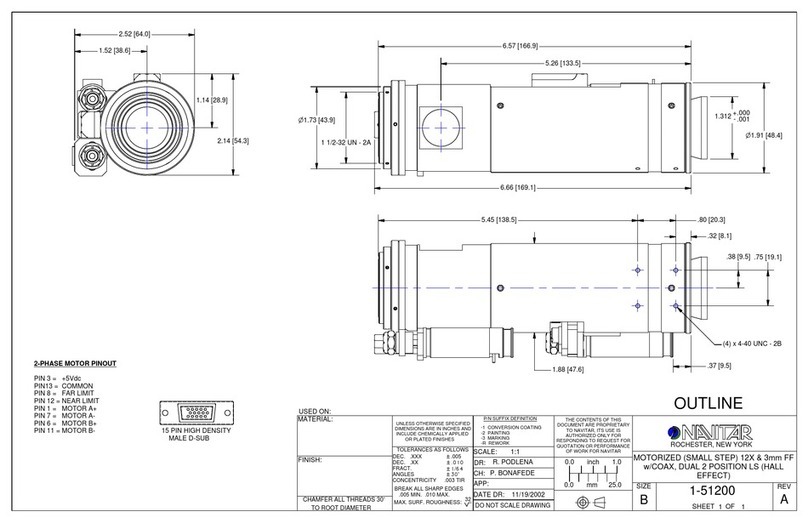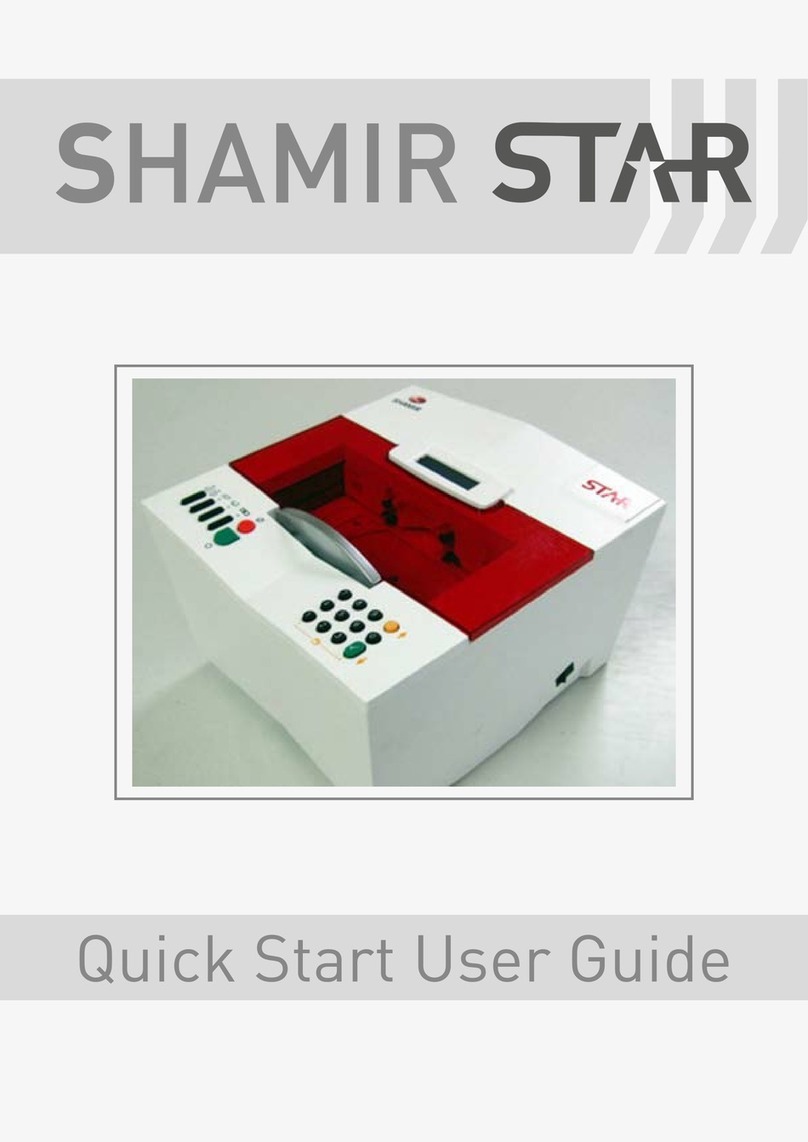Follow the required lens care procedures described under the heading: CARING FOR YOUR LENSES.
Note: If this method of removing your lens is difficult for you, your eye care practitioner
will provide you with an alternate method.
CARING FOR YOUR LENSES
Basic Instructions
For continued safe and comfortable wearing of your lenses, it is important that you clean and rinse, then
disinfect your lenses after each removal using the care regimen recommended by your eye care practitioner.
Cleaning and rinsing are necessary to remove mucus, secretions, films, or deposits which may have
accumulated during wearing. The ideal time to clean, rinse, and disinfect your lenses is immediately after
wearing them. Disinfecting is necessary to destroy harmful germs.
You should adhere to a recommended care regimen. Failure to follow the regimen may result in development
of serious ocular complications as discussed in the WARNINGS section of the Package Insert.
When you first receive your lenses, practice how to put the lenses on and removing them while you are in your
eye care practitioner’s office. At that time you will be provided with a recommended cleaning and disinfection
regimen and instructions and warnings for lens care, handling, cleaning, and disinfection. Your eye care
practitioner should instruct you about appropriate and adequate procedures and products for your use.
For safe contact lens wear, you should know and always practice your lens care routine.
Always wash, rinse, and dry hands before handling contact lenses.
Always use fresh unexpired lens care solutions.
Use the recommended system of lens care, which is chemical (not heat) and carefully follow instructions on
solution labeling. Different solutions cannot always be used together, and not all solutions are safe for use with
all lenses. Do not alternate or mix lens care systems unless indicated on solution labeling.
Always remove, clean, rinse, enzyme and disinfect your lenses according to the schedule prescribed by your eye
care practitioner. The use of an enzyme or any cleaning solution does not substitute for disinfection.
To avoid contamination, do not use saliva, tap water or anything other than the recommended solutions for
lubricating or rewetting your lenses. Do not put lenses in your mouth.
Your eye care practitioner will recommend his/her preferred, FDA approved lens care solutions for the
cleaning, disinfection, storage and lubrication of your Paraperm® O2rigid gas permeable contact lenses.
Follow the instructions provided with each lens care solution. Failure to adhere to these procedures may result
in the development of serious ocular complications. A patient should not switch from one care system to
another unless the eye care practitioner has determined that this is necessary. Do not mix or alternate the
disinfection and storage systems unless so indicated on the product label.
1. Clean
Clean one lens first (always start with the same lens first to avoid mix-ups). Place the lens, front side down, in
the palm of the hand and apply several drops of cleaning solution. Using the index finger of the other hand,
apply slight pressure in a swirling motion for the time recommended by the cleaning solution manufacturer. Do
not clean the lens by rubbing it between the thumb and index fingers, as this may cause lens warpage. Patients
should follow the complete recommended lens rubbing and rinsing times in the product labeling to adequately
disinfect their lenses and reduce the risk of contact lens contamination. Reduced rubbing or rinsing times may
not adequately clean their lenses.

